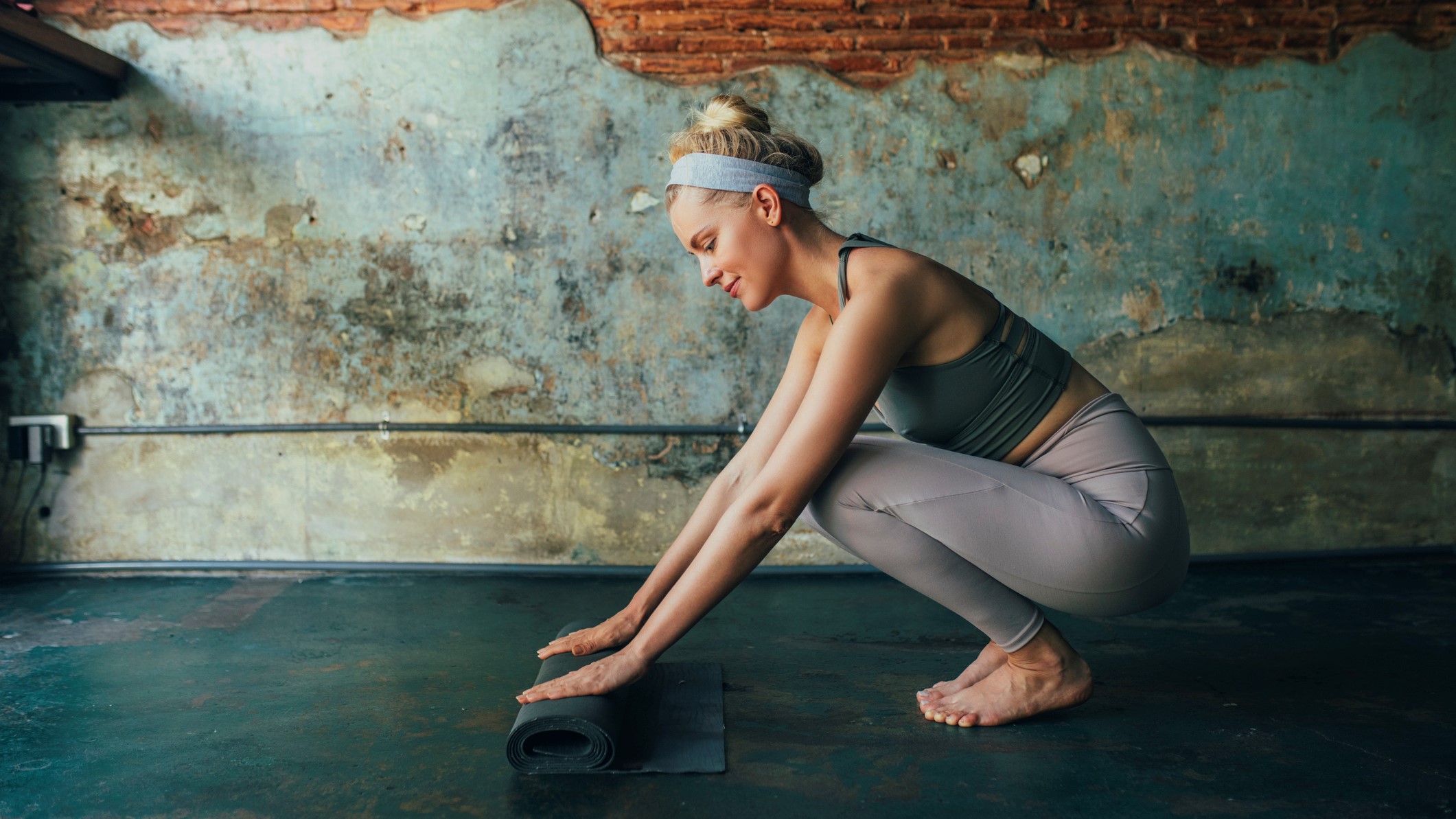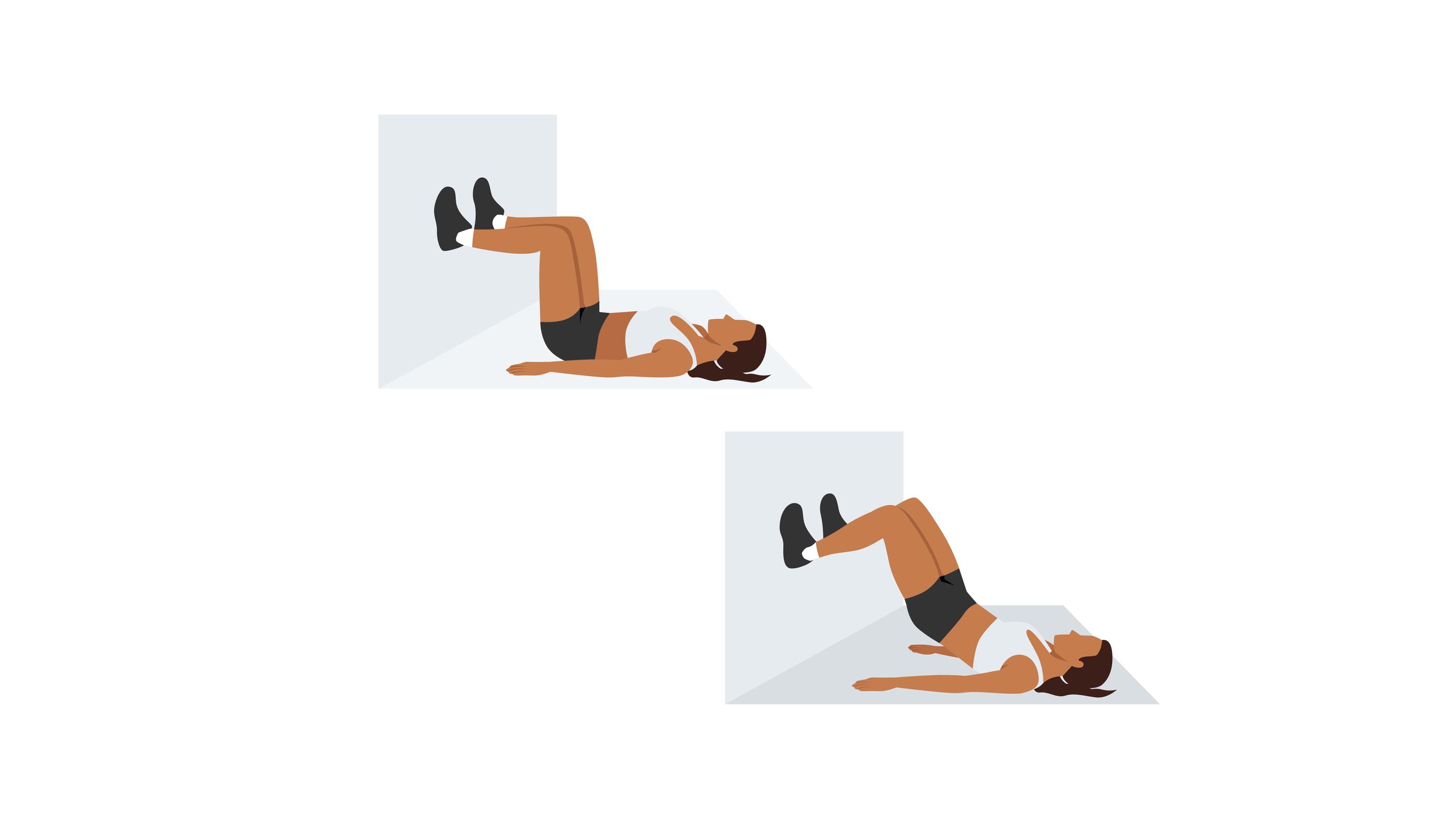I did 50 wall glute bridges every day for a week — here’s what happened
Work your thighs and core with this move.

You’ve heard about doing glute bridges on the floor, but what about elevating them using a wall? To find out more about wall glute bridges, I grabbed some grippy socks to save the paintwork, unrolled one of the best yoga mats, and added wall glute bridges to my workout every day for a week. What are the benefits, and would I recommend this lower-body exercise? Read on to find out more.
The glute bridge is an excellent exercise when it comes to targeting the posterior chain — in other words, the muscles that run along the back of the body. It’s a relatively straightforward exercise that targets the glutes, hamstrings and core. It’ll also work your hip flexor muscles, so it’s a good one to add to your workout routine if you spend a lot of time sitting behind your desk. Here’s more on how to master the glute bridge with perfect form.
As a reminder, what works for me might not be right for you and your body. If you’re new to exercise, or you’re returning to exercise following an injury, it’s a good idea to check your form with a personal trainer before progressing to this variation with your feet elevated on the wall.
How to do a wall glute bridge

For this exercise, as you may have guessed, you’ll need a wall. Unless you’re in the gym, it’s probably best to remove your cross-training shoes and do this one in your socks, or with bare feet. You’ll be lying on your back, so you might want to put one of the best yoga mats in front of the wall to lie on.
- Lying on your back, with your arms alongside your body pressing into the floor, walk your feet up the wall so they are flat and hip-width apart, with your knees bent at a 90-degree angle. Your thighs should be perpendicular to the floor.
- Squeeze your glutes and engage your core, and raise your hips towards the ceiling, pausing at the top.
- Return to your starting position, but don’t let your glutes drop down to the floor; keep them hovering until you have completed all of your reps.
Remember to keep your upper body still and pressed flat into the mat throughout this exercise — the movement should be coming from your glutes. Keep your core engaged throughout, and remember to keep breathing. The key is to move slowly and with control, do not be tempted to rush through your reps.
I did 50 wall glute bridges every day for a week — here’s what happened
To find out more about the benefits of the wall glute bridge, I did 50 a day for a week. Here’s my verdict:
I felt this one in my glutes
Unsurprisingly, it didn’t take long for me to feel this exercise in my glutes. Like many runners, I suffer from lazy glutes, and I really have to think about switching them on when I’m running, and in strength workouts. Compared to the regular glute bridge, I felt the move more intensely with my feet elevated and had a much larger range of motion.
Sign up to get the BEST of Tom's Guide direct to your inbox.
Get instant access to breaking news, the hottest reviews, great deals and helpful tips.
I had to think about moving slowly, and with control throughout, especially toward the end of my daily reps, when I tended to rush to get to the finish line. On some days, I did all 50 in a row; on others, I did five sets of ten reps to ensure I kept moving with good form.
I added a Pilates ball to activate my inner thighs
As with a lot of these week-long challenges, things got a little boring, fast. To mix things up, and help me engage my inner thighs, core, and pelvic floor, I placed a Pilates ball between my thighs during the exercise. Squeezing on the ball helped me to keep everything engaged as I lifted and lowered my glutes and really increased the intensity, without adding weight. If you don’t have a Pilates ball, you could always place a pillow between your legs and squeeze this to hold it in place, or put one of the best resistance bands around your thighs and push out into it.
It was easy to increase the intensity
As mentioned above, it was easy to up the intensity of the exercise. On one day, I opted for one of my least-favorite lower-body exercises and try single-leg wall glute bridges. For this variation, I extended one leg up to the ceiling, leaving the other pressed into the wall, and lifted and lowered my glutes. These were awful but highlighted how much weaker my non-dominant, left side was.
Another day I added weight to the move, placing one of the best adjustable dumbbells across my hips as I lifted and lowered my glutes. Again, this upped the intensity and really made my glutes fire.
My verdict after a week of wall glute bridges? This is an excellent way to increase the intensity of the glute bridge, without using any extra equipment. Compared to regular elevated glute bridges using a chair, I found that pushing my legs into a wall helped me think about keeping my entire lower body engaged throughout the exercise. I’ll definitely be doing this one again, and incorporating it into my pre-run warm-up to help me get my glutes switched on before lacing up my running shoes.
More from Tom's Guide

Jane McGuire is Tom's Guide's Fitness editor, which means she looks after everything fitness related - from running gear to yoga mats. An avid runner, Jane has tested and reviewed fitness products for the past five years, so knows what to look for when finding a good running watch or a pair of shorts with pockets big enough for your smartphone. When she's not pounding the pavements, you'll find Jane striding round the Surrey Hills, taking far too many photos of her puppy.
